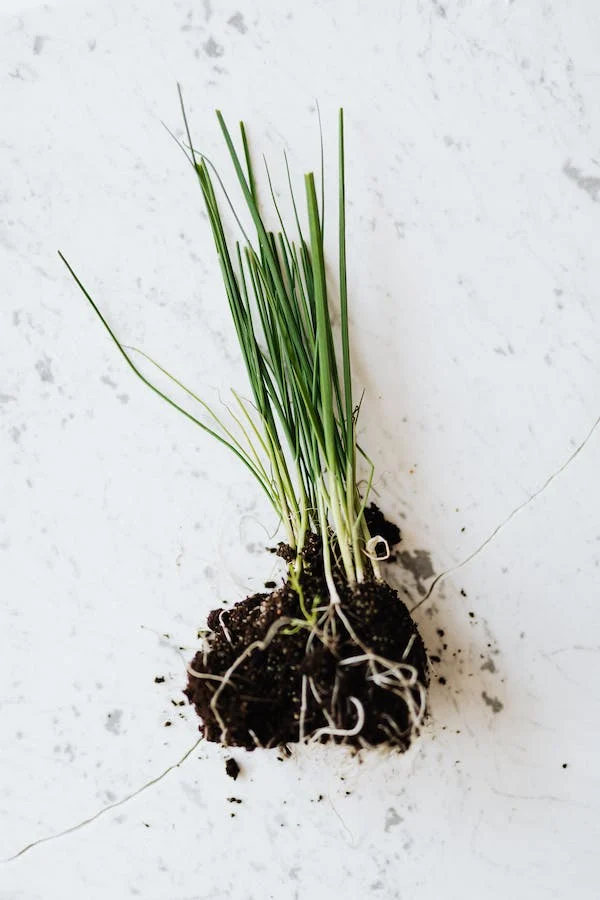A great demand for the urban food supply grew subsequently after the fast growth of urban and city populations in the world. Developing greener cities is the best course of action to repair the Earth’s environmental foundation and strengthen climate change resilience.
Kitchen gardening is a sustainable solution to the problem. People will be able to grow and produce their own fresher, healthier variety of food.
Are you planning to start your kitchen garden? Check out these beginner tips, which will have you growing food in your kitchen garden in no time.
Select your Garden Location
When starting a kitchen garden, the very first thing to do is to look for a perfect location that receives an abundance of sun and has a partially shaded portion where you can grow shade-loving vegetables and herbs on, and a good soil drainage.
If you don’t have enough gardening space, you can start a vegetable garden on the balcony, rooftop, patio, or, if possible, a sunny windowsill. Also, vegetables such as leafy greens, peppers, and tomatoes quickly grow in pots.
Start simple
Pick heirloom and hybrid seeds and seedlings to plant and identify which types and varieties you prefer following what thrives best in your garden and your taste.
When starting, it’s best to begin with, easy-to-grow vegetables and herbs such as basil, parsley, peppers, beans, cucumbers, Asian greens, radishes, spinach, tomatoes, eggplants, lettuces, mint, and the likes.
If you don’t have a green thumb, you can study the basic steps of growing the most easy-to-grow, popular vegetables. After which, you can start with growing fussy vegetables that need more care, such as onions, cabbage, Brussels sprouts, rhubarb, cauliflowers, melons, carrots, bitter melon, etc.
Growing fruits in your kitchen garden is also a great idea, and you’ll be needing grafted saplings.
Grow your Vegetables in Elevated Beds
Growing your vegetables in elevated beds not only makes planning and planting much easier but also improves the productivity of your kitchen garden. With this, if you have poor soil, you can fill the beds up with quality topsoil. Elevated beds will also save you from straining your back as there won’t be a need for you to bend over so much to harvest your crops. Additionally, you will also get the advantage of fewer weeds and pests.
Not Enough Space? Go Vertical!
Don’t let space shortage prevent you from growing your own food at home. You could install hanging baskets, railing planters, and wall planters to support vertically growing crops. Vining plants that like to take up space, such as peas, gourds, squashes, tomatoes, beans, melons, and the likes, can be grown with the aid of cages, fences, stakes, or trellises.
Utilizing the vertical space to grow your vegetables saves time and streamlines the maintenance since the crops would be easy to see. Also, upward-facing crops have a lesser chance of falling prey to fungal infections due to the improved air circulation encompassing the leaves.
You can grow vining crops by one side of your elevated garden beds. Use sturdy end supports that provide a stable climbing surface in-between. Keep in mind to use trellis to secure the growing vines, but don’t bother tying heavy fruits such as squash and melon as they tend to develop thicker stems as support.
Space your Garden Well
Give careful consideration to your crop arrangement. The solution to getting a good yield from each garden bed is by spacing out well. You can try planting in square patterns or rows; you can even try a triangular pattern. With this, you’ll be able to insert around 15% more crops in each bed. Make sure to not jam them all up in the beds as they tend to not reach their full potential when packed.
Do Succession Planting
This planting method can help you enhance the productivity of your garden, but it also provides a constant supply of crops.
Utilize Transplants Rather than the Direct Sowing of Seeds
It’s not necessary to wait for the crops to mature before you start with the next batch. A good head start would be sowing the seeds in pots. It can even prevent the difficulties that can appear when the seeds are struggling to adjust to the soil. Once you have sufficient space, you can transplant the mature seedling on the soil rather than sowing seeds. When you plant the transplants, they would be a couple of weeks old, are healthier, and adapt quicker than directly seeded crops.
Pick Crop Variants that Mature Early
This is highly recommended to those who live in cooler zones with short summers. With this, you can harvest as many crops as you can before the end of the growing season.
Collectively Sow Compatible Crops
You can plant together herbs and vegetables with similar growing requirements. You can study companion planting and learn about the herbs and vegetables that do great together.
Interplant Compatible Plants
By doing this, you can repel regular pests, save space, and can even make your endeavor more productive.
Employ Edge Planting
Edge planting involves growing companion plants or support crops on the bed right along the edges. These plants benefit the vegetable garden by protecting it from weeds, acting as windbreaks, offering mulch, and warding off the pests.
What can you Grow as a Beginner?
Think about which food you prefer and consume most and plan your kitchen garden per your preference. It’s also better to inform yourself of what crops grow best in the zone you’re in before forming your final decision.

